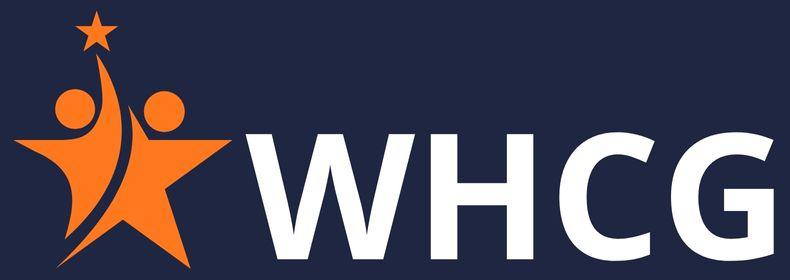I still remember the first time I decided to buy a domain. I had an idea for a blog, and I knew that choosing the right web address would either make it memorable or forgettable. At the time, I didn’t know much about registrars, extensions, or even domain privacy. I just wanted something simple, unique, and affordable that could represent my brand. That journey taught me a lot, and in this guide, I’ll share what I learned so you can skip the trial-and-error and buy the right domain for your project.
Introduction to Buying a Domain
When I started researching, I realized a domain name is much more than a web address. It’s your online identity the digital nameplate that people type into browsers to find you. A good domain makes your brand easy to remember, improves accessibility, and even supports search engine optimization.
Understanding Domain Names
Here’s what I learned quickly: every domain has two parts the name itself (like “example”) and the extension (like “.com”). Together, they create a unique identity on the internet. If your domain is easy to remember and aligns with your purpose, it can carry your business or personal project much further.
The Importance of Choosing the Right Domain Name
The domain you choose isn’t just a technical detail it’s branding. My first attempt was too long and complicated, and people kept misspelling it. Lesson learned: keep it short, relevant, and unique. A strong domain impacts search engine ranking, boosts engagement, and helps your audience trust you right away.
Research and Brainstorming
Before I bought my second domain, I sat down with a notepad and wrote out ideas. I thought about:
- My target audience
- Keywords that described my niche
- Words that felt natural and easy to type
This simple brainstorming session helped me come up with names that actually made sense for my project.
Domain Extensions
Like most beginners, I thought only .com existed. But I soon discovered other top-level domains like .net, .org, and newer ones like .blog or .app. The right extension depends on your goals. For example, if you’re running a non-profit, .org adds credibility.
Domain Registration Process
Once I had the name, I needed to check availability. This was as easy as using a registrar’s search tool. If the domain is available, you can buy it in minutes. If not, you’ll need to tweak your idea or consider alternatives.
Choosing a Reliable Domain Registrar
Not all registrars are equal. My first mistake was buying from a cheap, unknown provider. Later I learned to stick with reputable registrars like GoDaddy, Namecheap, or Google Domains. Things I now look for:
- Security features
- Clear pricing
- Easy management dashboard
- Good customer support
Domain Pricing
Domain prices vary a lot. A standard .com might cost $10–15 per year, but popular keywords or short names can be much higher. Budgeting is important, especially if you plan to own multiple domains.
Renewal and Transfer
I almost lost a domain once because I forgot to renew it. Since then, I always enable auto-renewal. Domains are usually registered for a year, but you can choose longer. And if you’re not happy with your registrar, you can transfer your domain it’s just a matter of unlocking it and following a few steps.
Domain Privacy and Protection
One surprise I faced was realizing my personal details were publicly visible in the WHOIS database. Privacy protection hides that information and prevents spam or unwanted contact. It’s worth the small extra fee.
Additional Services and Features
Many registrars offer more than just domains:
- Website hosting
- SSL certificates
- Professional email
I found it convenient to bundle some of these services with my domain, but you don’t have to.
Best Practices for Buying Domains
Over time, I’ve learned a few rules:
- Keep it short and simple
- Avoid trademarked names
- Make sure social media handles are available
- Think long-term
Domain Marketplaces
If the perfect domain is taken, don’t lose hope. Marketplaces like Sedo or Flippa let you buy pre-owned domains. It might cost more, but sometimes it’s worth it if the name is perfect.
Buying Expired Domains
I also explored expired domains. Some have backlinks and traffic, which can give you a head start. But always research their history to avoid domains tied to spam or shady practices.
Conclusion: Buy a Domain
Buying a domain isn’t just about finding something available it’s about choosing a digital identity that matches your goals. I’ve made mistakes along the way, but now I know how much a good domain matters. Take your time, brainstorm, and pick wisely. Your domain is the foundation of your online presence.
Buy a Domain (Frequently Asked Questions)
How do I know if a domain is available?
You can check with a registrar’s search tool instantly.
What is domain privacy protection and do I need it?
It hides your personal information from public records, and I highly recommend it.
Can I change my domain name after registration?
Technically yes, but it’s complicated. Better to get it right the first time.
What is a domain marketplace and how does it work?
It’s where people buy and sell domains. You can make offers and sometimes get rare names.
Are there ongoing costs associated with a domain?
Yes, domains require annual renewal, so factor that into your budget.
